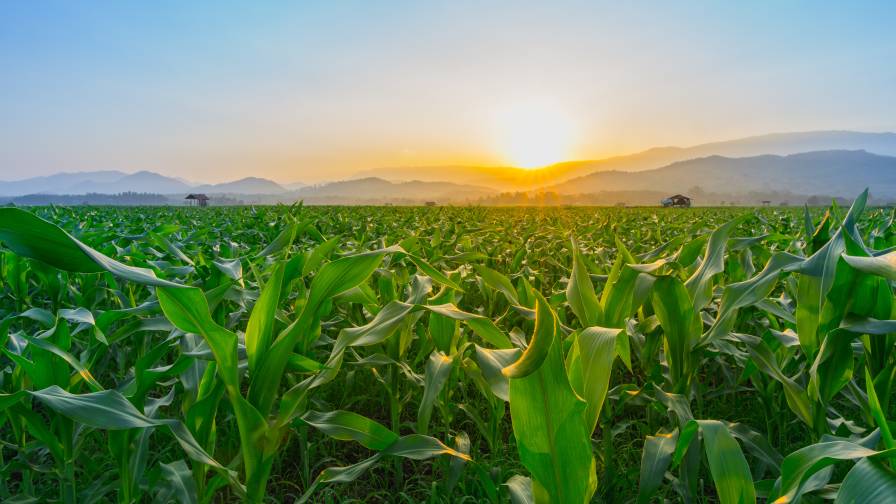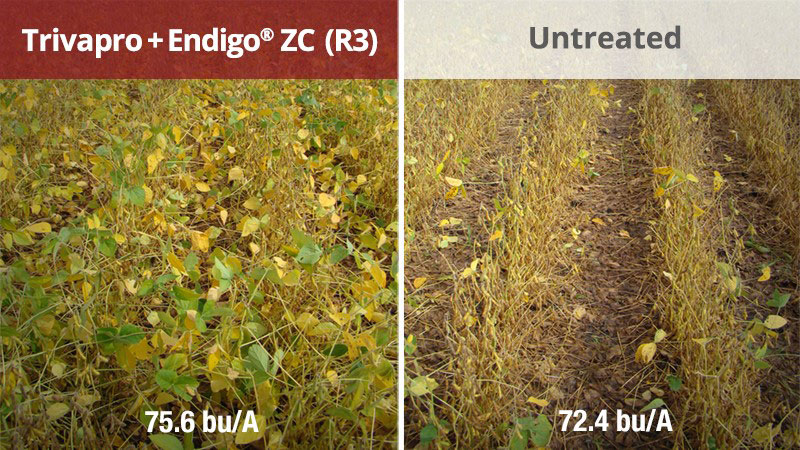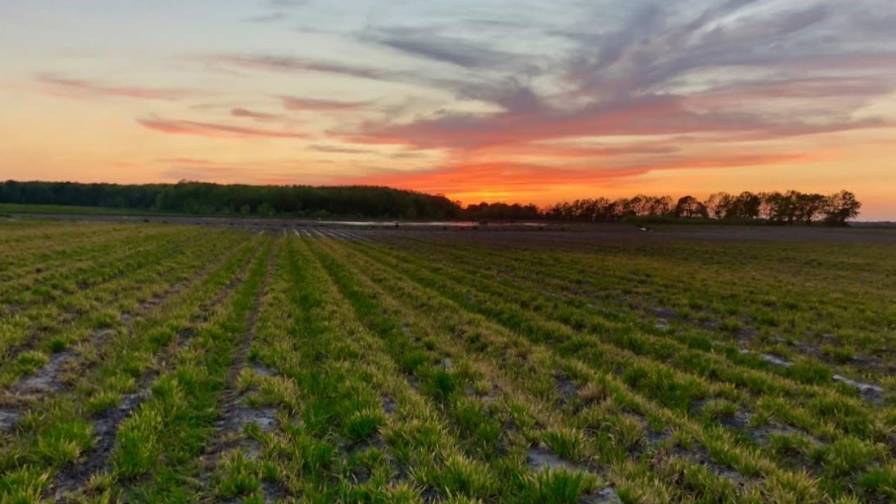Understanding the Impacts of El Niño on Crop Production
The El Niño Southern Oscillation (ENSO), or simply El Niño, is a natural cycle involving interactions between the ocean and the atmosphere that affects atmospheric circulation and weather patterns globally. El Niño typically reaches its peak during the late fall or early winter months, and while it is not strongly predictive of U.S. corn and soybean yields, it can affect the weather.
This year, El Niño has afforded growers throughout the Midwest a milder December, providing more time for late fall fertilizer applications and cover crop planting. However, mild weather can allow winter annual weeds to get a foothold.
“Mild weather can bring with it the perfect conditions for some of these winter annuals to grow fast and reduce yield in cover cropping systems,” said Jonathan Rotz, Pioneer Field Agronomist.
Winter and early spring weather from El Niño can also affect summer growing conditions. For example, the soil water profile following drought conditions and the survival rate of overwintering insects are both factors that are affected by temperature and precipitation patterns during the winter.
However, temperature and precipitation during the summer months – which are the greatest drivers of yield – are not as directly and consistently affected.
A 2016 analysis by the University of Illinois (published during the last major El Niño event) examined the impacts of El Niño on U.S. corn and soybean yields the following season. The authors calculated the deviation of yearly corn and soybean yields from the long-term trendline and summarized numbers for crop years following strong El Niño events (>1.0° C Oceanic Niño Index) to see if yields were above or below trendline in those years.
Results of the study suggested a slightly elevated risk of below trendline yields following an El Niño event for both corn and soybeans on average. And while not part of the study, forages and cover crops may have an elevated risk of weed pressure.





